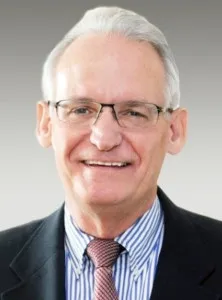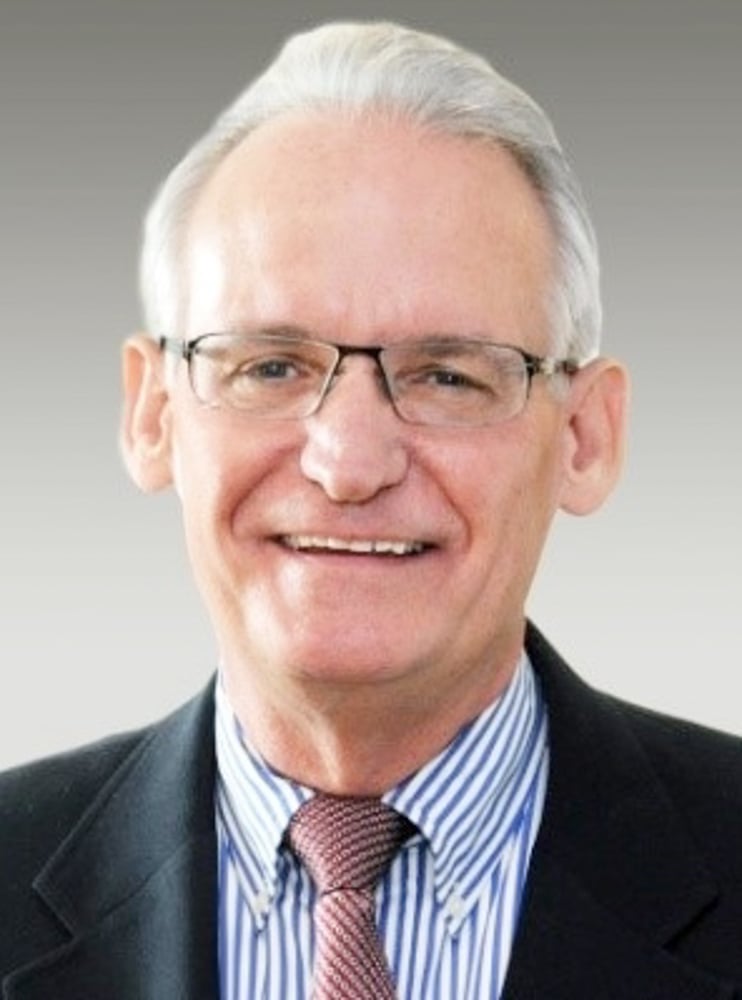Richard F. Shaw, dean of admissions and financial aid, recently announced the class of 2018 admitted students. A record number of 42,167 students applied — an increase of 8.6 percent over last year. Admission was offered to 5.07 percent of the applicants. The Daily spoke with Dean Shaw about the admissions process and trends.
The Stanford Daily (TSD): Is Stanford looking for well-rounded students or students focused on a specific passion?
Richard Shaw (RS): If you go to a bookstore you’ll find hundreds of books written on how to get in. We’re trying to find students. There are no absolutes. The bottom line is we try to identify students who we sense [have] a significant love of learning and passion for whatever they do.
The common denominator is you have to be doing well in school with academic work that you’ve done and types of courses you’ve taken. That’s the springboard we use to move into the rest of the story.
They all have a shot at consideration and we treat their applications with extraordinary respect. We try to find the characteristics that suggest they have an incredible motivation to engage in the way they live their lives and the way they do their work. It’s more than just meeting certain quantitative markers.
We use the term “intellectual vitality.” But it’s vitality for anything they engage in. So usually the students who make it through this review will present to us some significant success that reflects a passion for what they do.

TSD: How many staff members do you have in the office reviewing the applications?
RS: We have about 40 people reading — they’re not all full-time officers. We hire a number of outside readers, and many of them are returning every year and they contribute to the reading process.
TSD: How many hours collectively go into reviewing these applications?
RS: If you averaged the number of students in a 15-minute reading, some are longer and some are shorter: 42,000 divided by four would be the number of hours in the first read. Then you’d have to add the substantial number of students who make it through second and third reads—it’s quite an intense program. It’s 24/7 for about three months.
TSD: With the number of applicants at an all-time high, have there been any shifts in the types of students accepted this year compared to previous years?
RS: This year, we’re seeing a nice spike in the humanities in this class and we’re pleased about that. It’s about creating awareness of what the programs and opportunities are at Stanford. So it does have a lot to do with the public perceptions but it also has to do with outreach we do.
We are often tied into the community in which we live and the Silicon Valley is fairly technologically well known throughout the country. So the fastest-growing areas have been technology, but that’s been turning around and we’re going to see that change in the next few years.
TSD: Do you expect any changes in the number of students Stanford accepts?
RS: We’ve been hovering around 1,700 — this year 1,670 — but we do see in the future over a period of time some growth, and [Stanford President John Hennessey] mentioned that himself. We won’t grow [the student body] unless we can put the kind of resources behind that growth to ensure that the kind of quality education a Stanford student receives today will be the same, which means building new residence halls and possibly hiring new faculty.
TSD: As Stanford’s dean of admission and financial aid for almost 10 years and as the former dean of admissions at Yale University, what has been the biggest challenge in the admissions process?
RS: No doubt it would be the volume. The volume in recent years has really gone up pretty precipitously.
TSD: Will interviews be incorporated more in the admissions process?
RS: Interviews are not required but many students take advantage of them. We’ve had a pilot program going on for three years, and now we’ve formalized it for the last two and we’re growing it slowly. It allows us to have them reflect on their candidacy with alumni throughout the years … There will come a time when we will be interviewing the vast majority of students who are interested in applying to Stanford.
TSD: Stanford had an 8.6-percent increase in applicants this year, more than twice the average increase of other top schools. What do you think makes Stanford so attractive to prospective students?
RS: That’s a great question. I just think we’ve been discovered. We’re on the West Coast—the rest of the country has woken up to the fact that that Stanford is an amazing place to pursue your higher education.
We’re in the news all the time around the nation both in terms of our academic and our intellectual outcomes. Nobel Laureates, Pulitzer Prize winners, Rose Bowl, national basketball Final Four—this is a place where excellence pervades the institution.
The weather definitely helps. If you come from places where you have 10 snowstorms a year, you sort of go, ‘This is kind of pleasant out here.”
This transcription has been condensed and edited.
Contact Katherine Carr at kcarr2 ‘at’ stanford.edu.
